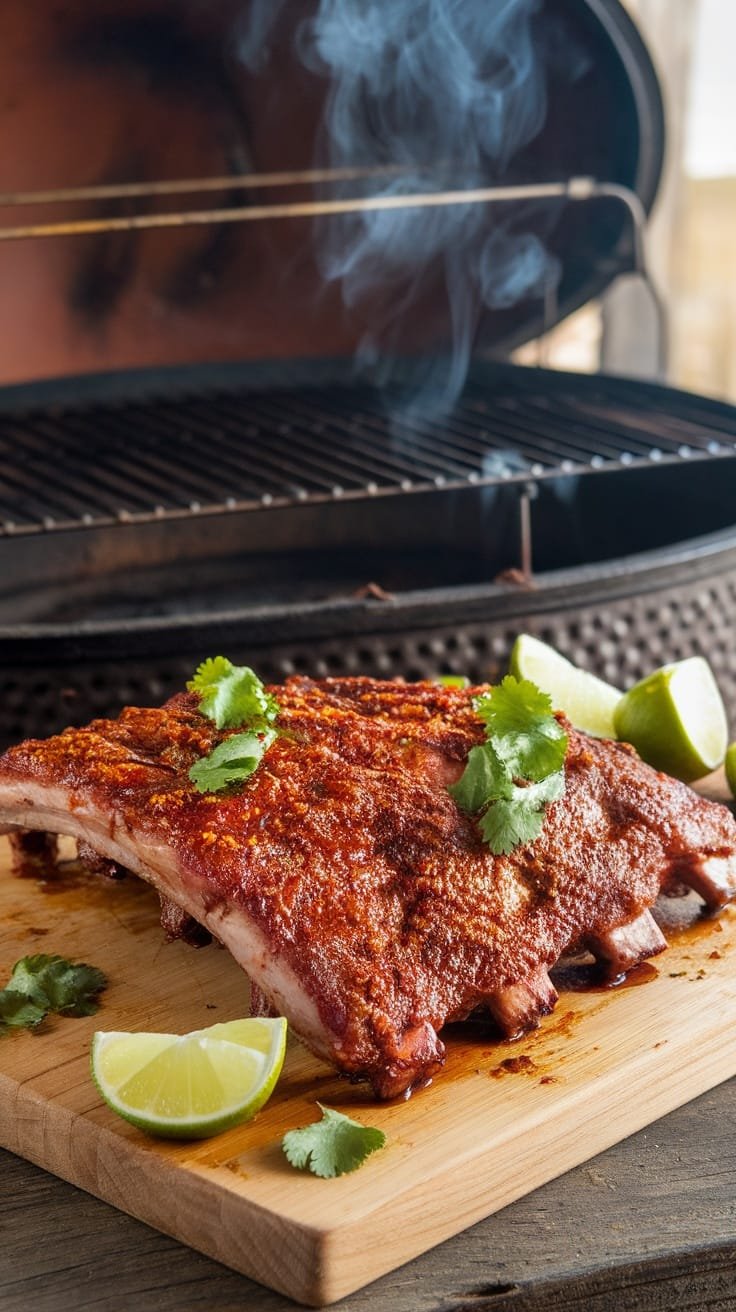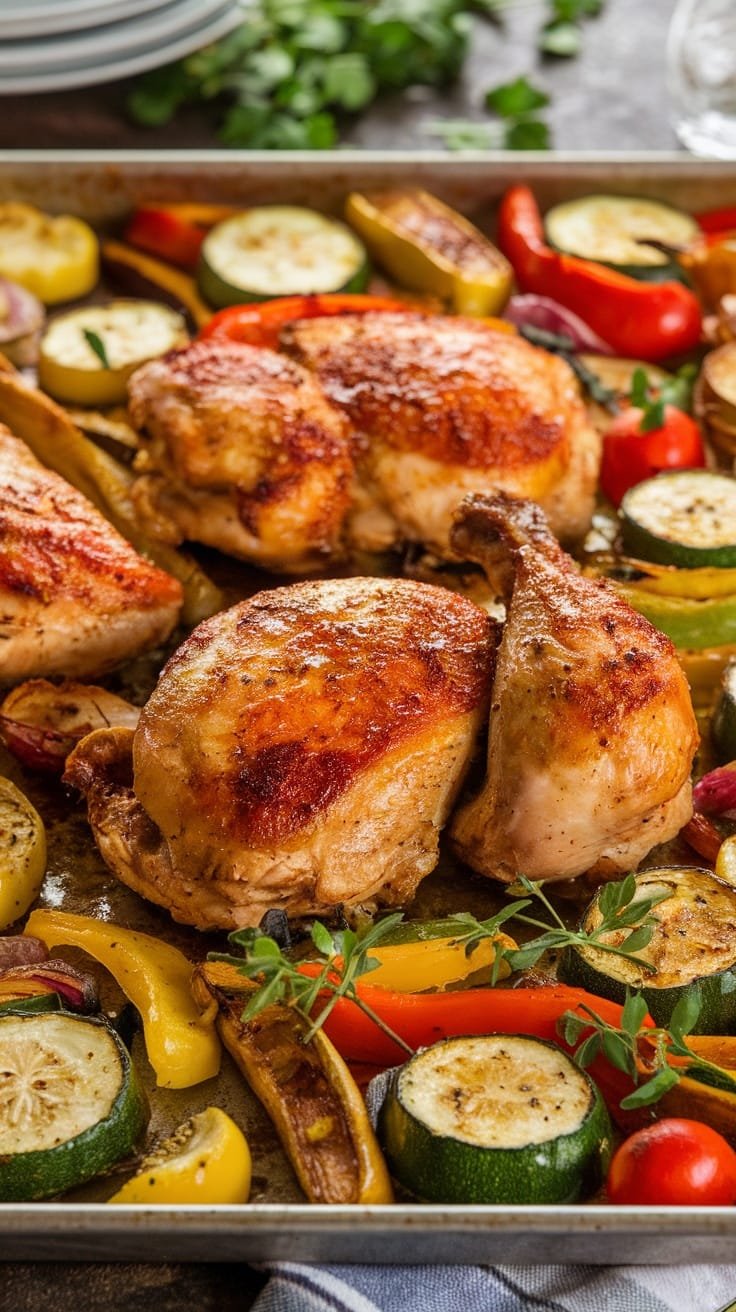How to Use Beef Tallow: Practical, Creative, and Natural Ideas
The Versatile World of Beef Tallow
Beef tallow might not be the first thing that comes to mind when you think of multi-purpose ingredients, but it’s a true hidden gem for anyone looking to embrace sustainable living. This natural byproduct of rendering beef fat is brimming with possibilities, from transforming your cooking to upgrading your DIY projects and skincare routine. Whether you’re a seasoned homesteader or just curious about how to make the most of every part of your kitchen, beef tallow offers a creative, eco-friendly way to repurpose something that might otherwise go to waste.

Not only does it shine in practical uses, but beef tallow is also rich in fat-soluble vitamins like A, D, E, and K, which can benefit your body inside and out. For those who prioritize sustainability, it’s a smart alternative to processed oils and synthetic materials. Add in its affordability—especially if you’re purchasing meat in bulk—and it’s clear why beef tallow deserves a place in your home.
Why Beef Tallow Deserves the Spotlight
Beef tallow has a rich history of use, but in recent years, it’s been gaining well-deserved attention for its versatility and eco-friendly appeal. Here’s why it stands out:
A Natural, Sustainable Byproduct with Endless Possibilities
At its core, beef tallow is a natural byproduct of rendering beef fat—a process that transforms raw fat into a clean, shelf-stable ingredient. For those focused on sustainability, it’s a smart way to reduce waste while making the most of every part of an animal. Whether it’s used in cooking, skincare, or household projects, beef tallow’s applications are as diverse as they are practical.
Health, Environmental, and Practical Benefits
- Rich in Fat-Soluble Vitamins: Packed with vitamins A, D, E, and K, beef tallow supports overall wellness. These nutrients are not only great for the body but also beneficial for natural skincare.
- Eco-Friendly: Compared to highly processed vegetable oils or synthetic materials, tallow is a much greener alternative. Its production is straightforward and can often be done at home, making it an ideal choice for those practicing homesteading or reducing their environmental footprint.
- Cost-Effective: If you’re purchasing meat in bulk or raising animals, rendering beef fat into tallow is an economical way to maximize resources. It’s also a great budget-friendly option for cooking, crafting, and DIY projects.
Start with High-Quality Rendered Tallow
When it comes to making the most of beef tallow, starting with a clean, well-rendered product is essential. The quality of your tallow sets the stage for its effectiveness, whether you’re using it in the kitchen, for skincare, or in DIY projects.
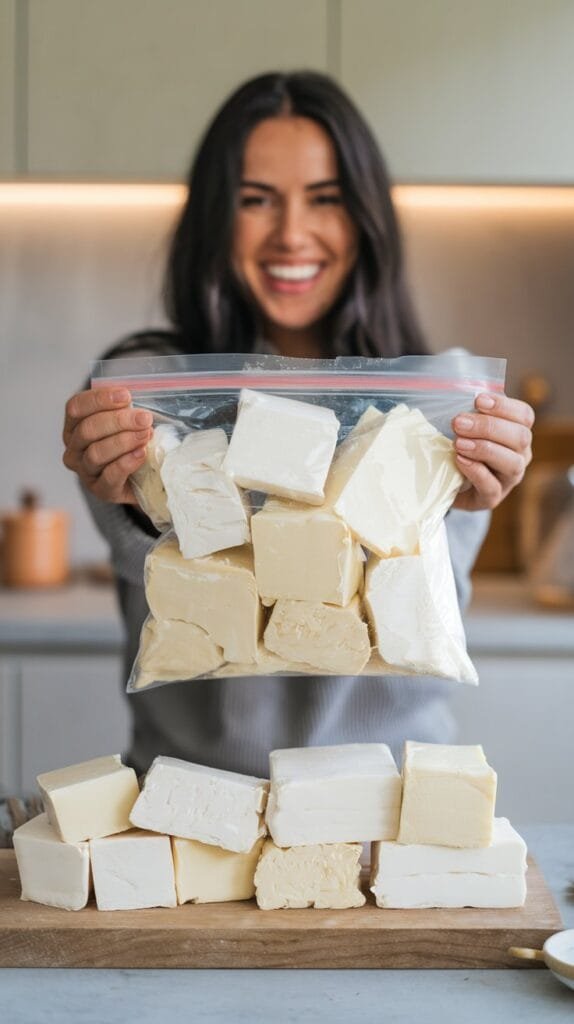
Why Clean Rendering Matters
Clean rendering ensures that your tallow is free of impurities and unpleasant odors, making it versatile for a variety of uses. Impurities not only affect its shelf life but can also impact the final results in recipes, skincare, or other applications. High-quality tallow has a smooth texture, neutral scent, and long shelf life when stored properly.
Get Started with Confidence
- New to Rendering? If you’re unfamiliar with the process, check out 4 Easy and Effective Ways to Render Beef Tallow. It provides simple methods for rendering tallow at home, including stove-top and slow-cooker options.
- Safety First: If you’ve never worked with tallow before, I highly recommend reading The Complete Guide to Beef Tallow: Do’s, Don’ts, and Cautions. This article is an excellent resource for ensuring safe practices when working with hot oil.
By investing the time to render tallow properly, you’ll have a clean, multipurpose ingredient ready to enhance your recipes, skincare routine, and more.
Cooking with Beef Tallow: Beyond Frying
Beef tallow has long been a staple in traditional cooking, and for good reason. Its versatility, high smoke point, and rich flavor make it an excellent choice for a wide variety of culinary applications, from frying to grilling and even baking. Let’s explore why beef tallow is a must-have in your kitchen and the creative ways you can use it.
Why Cook with Beef Tallow?
- What is a Smoke Point, and Why Does It Matter?
The smoke point refers to the temperature at which a fat or oil begins to break down and produce smoke, affecting its flavor and potentially releasing harmful compounds. Beef tallow has a high smoke point of approximately 400°F (204°C), making it ideal for high-heat cooking methods like frying, roasting, and grilling. Unlike butter, which has a lower smoke point of around 350°F, tallow maintains its integrity under intense heat, delivering consistently delicious results. - Dietary Compatibility
Beef tallow fits seamlessly into a variety of diets:- Paleo and Primal Diets: A natural fat that aligns with ancestral eating practices.
- Keto Diet: Its high-fat, zero-carb profile is perfect for supporting ketosis.
- Carnivore Diet: A go-to fat for those focusing on animal-based nutrition.
- Whole30 and Gluten-Free Diets: A clean, additive-free option for cooking.
Creative Uses in the Kitchen
When it comes to cooking with beef tallow, the possibilities extend far beyond frying. Here are some innovative ways to incorporate it into your meals:
Frying and Sautéing with Beef Tallow
Beef tallow is a fantastic choice for frying and sautéing, thanks to its ability to create perfectly crispy, golden results while infusing your dishes with a rich, savory flavor. Whether you’re preparing comfort food classics or exploring new culinary ideas, tallow offers unmatched versatility.
Perfect for Crisping and Browning
When used for frying, tallow coats food evenly, ensuring a golden, crunchy exterior without excess grease. For sautéing, it enhances the natural flavors of vegetables and proteins, making it ideal for everyday cooking.
Recipe Ideas to Try
- Classic Tallow-Fried French Fries
Golden and crispy, these fries achieve the perfect balance of crunch and tenderness when cooked in tallow. A sprinkle of your favorite seasoning takes them to the next level. Get the full recipes HERE. - Crispy Fried Chicken
This classic comfort food gets a flavorful upgrade with tallow, which ensures a crispy, golden coating and juicy interior. Get the full recipe HERE. - Beef Tallow Tempura Vegetables
Lightly battered and fried in tallow, tempura vegetables come out crisp without being heavy, highlighting the fresh flavors of your produce. Get the full recipe HERE.
Roasting with Beef Tallow
Roasting with beef tallow is a game-changer for creating dishes with a perfect balance of moisture, flavor, and texture. Its ability to coat vegetables and meats evenly results in a golden, caramelized crust that’s both delicious and visually appealing. Whether you’re preparing a simple side dish or a show-stopping roast, tallow brings out the best in your ingredients.
Why Use Beef Tallow for Roasting?
Beef tallow’s natural richness enhances the flavors of roasted foods, making them more savory and satisfying. Unlike many oils that can dry out during cooking, tallow locks in moisture, ensuring juicy meats and tender vegetables with a crisp exterior. Its ability to handle high oven temperatures also makes it an ideal choice for achieving consistent results.
Recipe Ideas to Elevate Your Roast
- Tallow-Roasted Vegetables with Fresh Herbs
Coat carrots, parsnips, and potatoes in melted tallow, then sprinkle with rosemary, thyme, and a pinch of salt before roasting. The result? Perfectly caramelized veggies with a rich, earthy flavor. - Garlic and Herb Roasted Chicken
Brush a whole chicken with melted tallow and season generously with garlic, fresh herbs, and lemon juice. As it roasts, the tallow ensures a golden, crispy skin while keeping the meat tender and juicy.- Recipe to try: Herb-Roasted Chicken and Veggie Sheet Pan Dinner with Tallow
- Beef Tallow Brussels Sprouts with Bacon
Combine halved Brussels sprouts, crumbled bacon, and a drizzle of tallow before roasting. The tallow enhances the sprouts’ nutty flavor while creating crisp edges that pair beautifully with the smoky bacon. Get the recipe HERE.
Baking with Beef Tallow
Beef tallow isn’t just for frying and roasting—it’s also a secret weapon for baking. Its unique properties make it an excellent alternative to butter or shortening, particularly in savory recipes. Tallow contributes to a rich, flaky texture and enhances the flavor of baked goods without overpowering them.
Why Bake with Beef Tallow?
- Flakiness and Texture: Tallow’s solid consistency at room temperature makes it ideal for creating layered, flaky textures in biscuits, pie crusts, and breadsticks.
- Rich Flavor: While its taste is subtler than butter, tallow adds a savory depth that complements rustic and hearty baked goods.
- Stability: Unlike butter, tallow doesn’t melt as quickly during baking, which helps maintain the structure of your recipes.
Recipe Ideas to Try
- Flaky Tallow Biscuits
Replace butter or shortening with tallow in your biscuit dough for a flaky, tender result. Pair them with gravy or a dollop of jam for a classic treat with a twist. Click HERE for the full recipe. - Savory Tallow Pie Crust
Use tallow in place of butter to create a pie crust that’s easy to work with and bakes up beautifully golden. Perfect for savory pies like chicken pot pie or meat pies. You can find the full recipe HERE. - Rustic Herb Tallow Breadsticks
Knead melted tallow and fresh herbs like rosemary and thyme into your breadstick dough. Once baked, these breadsticks are crisp on the outside, soft on the inside, and bursting with flavor.- Recipe to try: Keto Cheddar Chive Herb Tallow Breadsticks
Seasoning Cast Iron Pans with Beef Tallow
Beef tallow is an excellent choice for maintaining and enhancing your cast iron cookware. It creates a durable, non-stick surface that improves cooking performance while protecting the pan from rust and wear. Using tallow also imparts a natural, food-safe coating that stands up to frequent use and high-heat cooking.
Recipe Ideas (Indirect Usage)
A well-seasoned pan with tallow ensures superior results in your favorite dishes:
- Perfectly Seared Ribeye Steak
The even heat retention of cast iron combined with the seasoning from tallow creates a flavorful crust and juicy interior. - Skillet Cornbread
Tallow helps create crisp, golden edges while keeping the cornbread soft and moist inside. - Pan-Fried Pork Chops
Enjoy tender, perfectly browned pork chops that release easily from the pan, thanks to the non-stick properties of tallow.
Grilling with Beef Tallow
Beef tallow is an excellent companion for grilling, offering a natural way to lock in moisture, enhance flavors, and prevent food from sticking to the grill. Whether you’re grilling vegetables, meats, or even bread, tallow brings a rich, smoky depth that elevates every bite.
Why Use Tallow for Grilling?
- Locks in Moisture: A thin coating of tallow helps seal in the natural juices of meats and vegetables, ensuring they stay tender and flavorful.
- Enhances Flavor: Tallow’s subtle, savory richness pairs beautifully with grilled foods, complementing the natural charred flavors.
- Prevents Sticking: Brushing tallow on foods or grill grates creates a non-stick barrier, making cleanup easier and preventing food from tearing.
Recipe Ideas to Try
- Grilled Veggie Skewers with Tallow Glaze
Brush a mix of zucchini, cherry tomatoes, bell peppers, and mushrooms with melted tallow before grilling. The glaze locks in their natural sweetness and adds a savory finish. - BBQ Beef Ribs with Tallow Rub
Coat beef ribs with a mixture of melted tallow and your favorite BBQ seasoning. The tallow helps the spices adhere and enhances the smoky, caramelized crust.- Recipe Idea: Smoky Chipotle Lime Tallow Ribs Recipe
- Grilled Flatbread with Tallow Infusion
Spread a thin layer of tallow on flatbread dough before placing it on the grill. The result is a beautifully golden, crispy exterior with a soft, pillowy interior. Get the full recipe HERE!
Cooking with beef tallow is more than just a return to traditional fats—it’s a way to elevate the flavor and quality of your meals while staying true to natural, wholesome ingredients.
Creative DIY Tallow Uses: Candles, Soap, and More
Beef tallow’s versatility goes far beyond the kitchen. Its natural properties make it an exceptional ingredient for a variety of DIY projects that are sustainable, cost-effective, and easy to create at home. From household items to personal care products, beef tallow is a perfect companion for those embracing a natural, homesteading lifestyle.
Tallow for Candles
Benefits:
Tallow candles burn cleanly and last longer than many store-bought options, making them an eco-friendly and economical choice. They produce a warm, soft glow, and their subtle, natural scent can be enhanced with essential oils. Tallow is a fantastic natural alternative to traditional waxes, offering a longer burn time and minimal soot, which is ideal for creating a clean and cozy atmosphere in your home.
For a full guide on making your own tallow candles at home, including tips on materials, techniques, and creative ideas, check out our How to Make Homemade Scented Tallow Candles post.
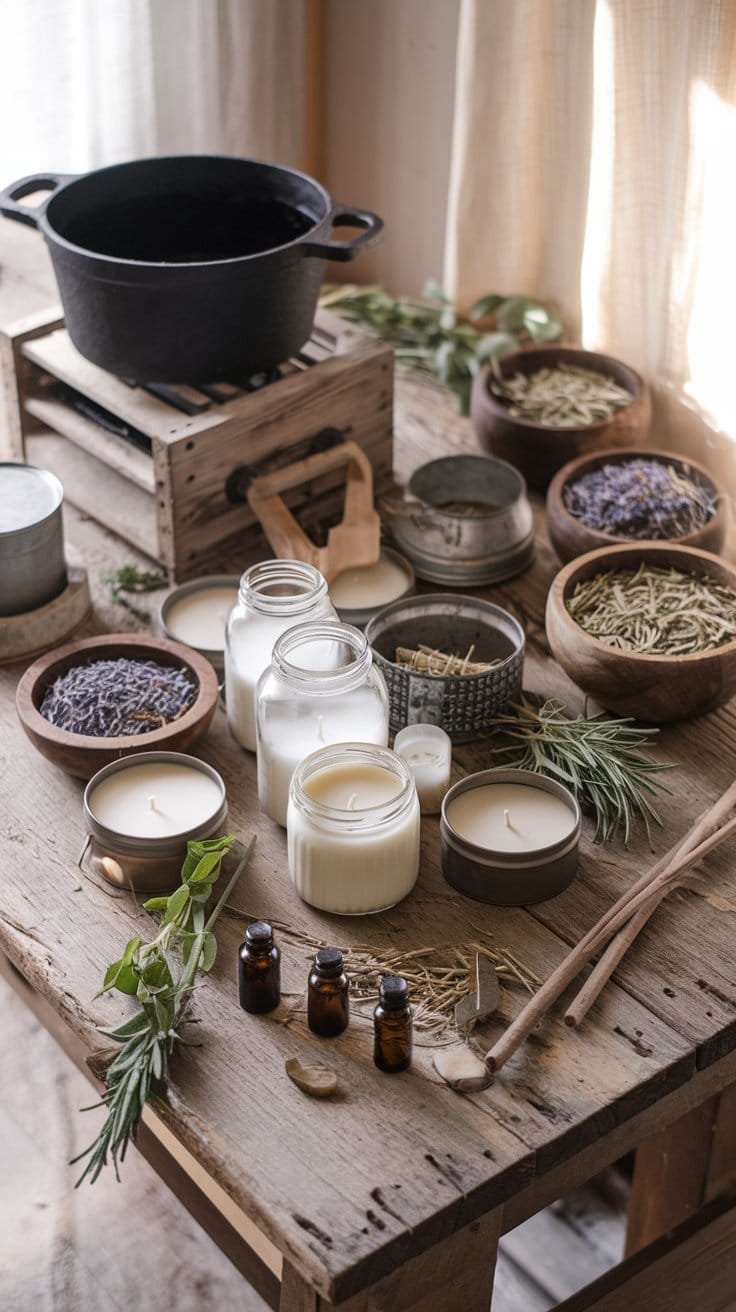
Tallow for Soap-Making
- Benefits: Tallow soap bars are prized for their creamy lather and moisturizing properties. They’re particularly suitable for dry or sensitive skin, thanks to the vitamins and nutrients naturally present in tallow.
- Customization Ideas:
- Combine tallow with oils like olive, coconut, or castor oil to adjust the soap’s texture and benefits.
- Use molds to create decorative bars or embed small flowers for a personal touch.
- Add natural exfoliants like oatmeal, coffee grounds, or finely ground herbs for extra functionality.
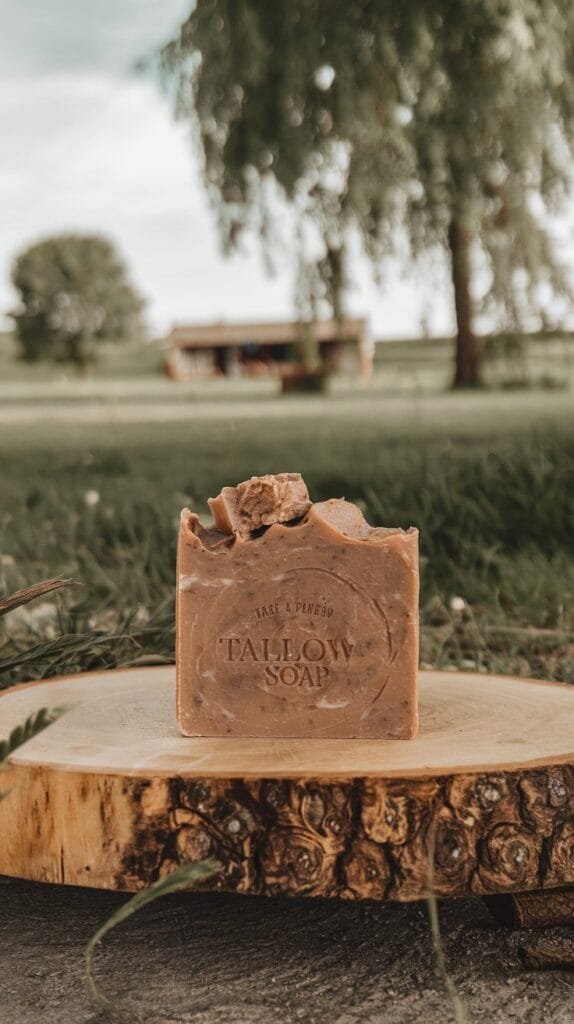
Leather Conditioner
- Uses: Melted tallow is excellent for restoring and conditioning leather goods, making them supple and shiny while protecting against cracking and water damage.
- Applications:
- Rub a small amount of warm tallow onto boots, belts, or bags using a soft cloth.
- Buff the surface after applying to create a polished look.
Fire Starters
- Benefits: Tallow fire starters are simple to make, highly effective, and a great way to use leftover bits of rendered fat.
- How to Use:
- Mix melted tallow with sawdust or shredded paper.
- Mold the mixture into small balls or pour it into cupcake liners for easy-to-use portions.
- Store them in an airtight container for camping trips or emergency preparedness.
Pet Paw Balm
- Why It’s Great: Pets, especially those exposed to rough terrain or extreme weather, benefit from a soothing and protective balm made with tallow.
- DIY Recipe Idea:
- Combine melted tallow with coconut oil, beeswax, and a small amount of vitamin E oil.
- Pour the mixture into small tins or jars and allow it to set.
- Apply a thin layer to your pet’s paws as needed for hydration and protection.
Rust Prevention
- Applications: Tallow acts as a natural barrier against moisture, helping to prevent rust on metal tools, garden equipment, or outdoor gear.
- How to Use:
- Rub a thin layer of tallow onto clean, dry metal surfaces.
- Wipe off any excess to ensure the coating doesn’t attract dust or dirt.
Pro Tip for DIY Enthusiasts
For all DIY projects, the quality of your tallow matters. Using clean, well-rendered tallow will result in better products, whether you’re crafting candles, soap, or leather conditioner. Store your tallow in a cool, dry place to keep it fresh and ready for your next project.
Natural Skincare with Beef Tallow
Beef tallow has been used for centuries as a natural skincare solution, valued for its ability to nourish, protect, and restore the skin. Packed with vitamins and fatty acids, it’s a sustainable alternative to commercial products, offering effective results without synthetic additives or harsh chemicals.
Why Tallow is Great for Skin and Hair
- Skin Benefits:
- Deep Moisturization: The fatty acids in tallow, including palmitic and stearic acids, help lock in moisture, leaving the skin soft and supple.
- Skin-Like Composition: Tallow’s similarity to human sebum allows it to absorb easily, making it non-greasy and perfect for sensitive or dry skin.
- Rich in Vitamins: Tallow is loaded with vitamins A (encourages cell turnover), D (supports skin barrier), E (protects against environmental damage), and K (aids in healing and elasticity).
- Hair Benefits:
- Scalp Health: Tallow nourishes the scalp, reducing dryness and flakiness.
- Shiny, Healthy Hair: When used as a deep conditioner or mask, tallow improves hair texture and adds natural shine.
Tallow in DIY Skincare Products
Beef tallow is an incredibly versatile ingredient for creating natural skincare products. Its compatibility with the skin, thanks to its sebum-like composition, makes it an excellent base for various applications. Here are some ideas for incorporating tallow into your skincare routine:
- Tallow Lip Balm
Tallow-based lip balm provides long-lasting protection for delicate lips, sealing in moisture and shielding against harsh weather conditions. It’s particularly useful in winter months when lips are prone to dryness and cracking. The balm leaves a smooth, non-greasy finish and can be paired with natural ingredients for a touch of flavor or fragrance. - Tallow Deodorant
A gentle alternative to synthetic deodorants, tallow deodorant works to nourish sensitive underarm skin while helping to neutralize odors. The moisturizing properties of tallow prevent dryness or irritation often caused by commercial deodorants, making it ideal for daily use. - Tallow Hand Salve
Perfect for anyone dealing with dry, cracked hands—especially gardeners, crafters, or outdoor enthusiasts. Tallow hand salve provides intense hydration and creates a protective barrier that locks in moisture. It’s especially effective for repairing rough patches and soothing skin exposed to frequent handwashing or harsh elements. - Tallow Face Cream
Lightweight and deeply moisturizing, tallow face cream is a game-changer for dry or sensitive skin. The vitamins and fatty acids in tallow help improve elasticity, even out skin tone, and promote a healthy glow. Regular use can also aid in reducing redness and calming irritation, making it a great choice for those with reactive or mature skin. - Tallow Hair Mask
For dry, damaged hair, a tallow hair mask provides a luxurious and deeply conditioning treatment. It helps restore moisture to parched strands, reducing frizz and enhancing shine. Additionally, it nourishes the scalp, promoting a healthier environment for hair growth while soothing dryness or irritation.
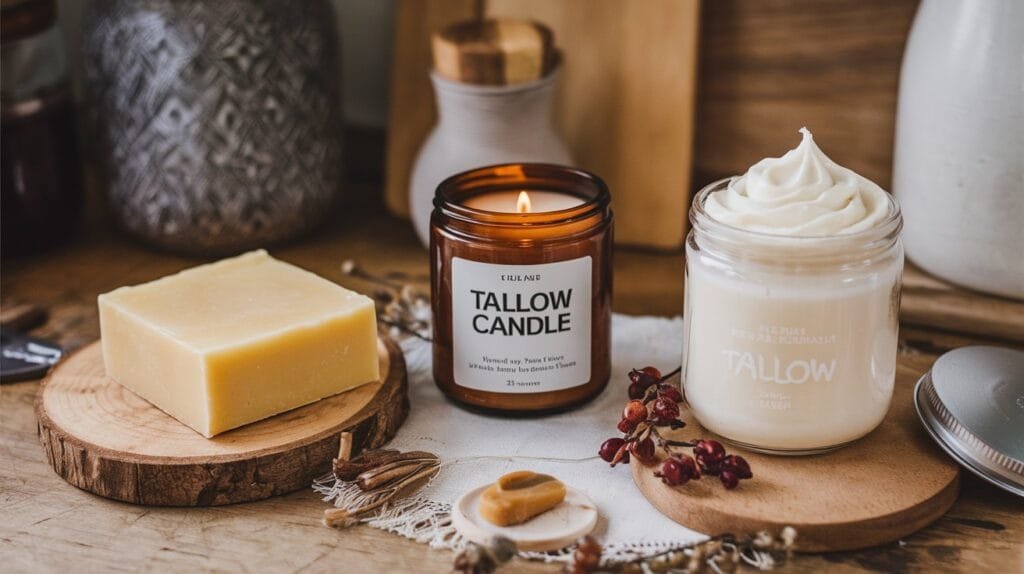
Why Tallow is Perfect for Skincare DIYs
Beef tallow’s unique combination of vitamins, fatty acids, and natural compatibility with the skin makes it a standout ingredient for homemade skincare products. Its long shelf life and versatility ensure that you always have a reliable base for crafting personalized solutions for your skincare needs.
Additional Tips for Skincare with Tallow
- Infuse for Added Benefits: Enhance the properties of your tallow by infusing it with calming herbs like chamomile or lavender.
- Store Smart: Keep your tallow-based products in airtight containers to maintain freshness and extend shelf life.
- Patch Test First: While tallow is generally well-tolerated, it’s always a good idea to patch test new products, especially if you have sensitive skin.
Storage and Shelf Life Tips for Tallow
Proper storage of beef tallow ensures that it stays fresh and ready to use, whether in the kitchen, for DIY projects, or as part of your skincare routine. Tallow’s long shelf life and versatility make it an essential item for homesteaders and natural living enthusiasts.
Best Storage Practices
- Short-Term Storage: For immediate use, keep tallow in an airtight container at room temperature or in the refrigerator. A cool, dark pantry or countertop works well, provided the container is tightly sealed to prevent exposure to air and moisture.
- Long-Term Storage: Freeze tallow for extended shelf life. Portion it into silicone molds or ice cube trays before freezing, making it easy to thaw only what you need. Frozen tallow can last up to a year or more without losing quality.
Signs of Spoilage
Although tallow is naturally shelf-stable, improper storage or contamination can lead to spoilage. Keep an eye out for:
- Unpleasant Odors: A rancid or sour smell is a clear indication that the tallow has gone bad.
- Discoloration: Fresh tallow is typically creamy white or light yellow. Darkened or streaky patches may suggest spoilage.
- Mold or Contamination: Any visible mold or unusual texture indicates the tallow is no longer safe to use.
Creative Storage Ideas
- Decorative Jars: Store tallow in mason jars with a fitted lid to create a Pinterest-worthy look for your pantry or countertop. Label the jars for easy identification and date them for tracking freshness.
- Silicone Molds: Pour melted tallow into silicone molds to create portioned “pucks” that are perfect for cooking or DIY projects. These are easy to store in the freezer or a container.
- Tallow Sticks: Use empty deodorant stick containers to mold solid tallow for easy application to cast iron pans, leather, or even skincare.
Tips for Using Beef Tallow
Maximizing the versatility of beef tallow requires a few practical tips to ensure success in the kitchen, DIY projects, or skincare routines. Whether you’re new to tallow or a seasoned user, these tips will help you make the most of this incredible resource.
General Tips for Success
- Start Small: When experimenting with tallow for the first time, use small batches to test its performance in recipes or DIY projects. This helps minimize waste while you perfect your methods.
- Choose Quality: Opt for well-rendered, impurity-free tallow to achieve the best results. Quality tallow not only works better but also stores longer and smells more neutral.
- Label and Date: Always label your tallow containers with the date of rendering or purchase to keep track of freshness, especially for long-term storage.
Safety Tips
- Avoid Overheating: Overheating tallow can cause it to smoke, which not only affects its flavor and usability but can also release harmful compounds. Use a thermometer to maintain safe temperatures during cooking or crafting.
- Handle with Care: When working with melted tallow, especially for DIY projects, remember that hot oil can cause burns. Allow it to cool slightly before handling or pouring.
- Keep It Clean: Whether for skincare or cooking, always ensure your tools and utensils are clean and dry to prevent contamination.
FAQs About Beef Tallow
When working with beef tallow, it’s natural to have questions about its uses, storage, and benefits. Here are some of the most common questions answered to help you feel confident incorporating tallow into your everyday life.
Does tallow have a strong smell?
Properly rendered tallow has a mild, neutral scent. If the tallow has a strong or unpleasant odor, it may not have been rendered correctly or could be spoiled.
Can I substitute tallow for butter in baking?
Yes, tallow can be used as a substitute for butter or shortening in many baked goods, especially in savory recipes. Keep in mind that tallow has a slightly different texture and flavor, which can add a unique richness to your dishes.
How long can I store tallow safely?
Tallow can be stored at room temperature for several months if kept in an airtight container. For longer storage, refrigeration or freezing is recommended. Frozen tallow can last up to a year or more.
Is tallow safe for sensitive skin?
Yes, tallow is often well-tolerated by sensitive skin due to its compatibility with human sebum. It’s an excellent choice for those seeking a natural moisturizer or treatment for dry or irritated skin.
Can I freeze tallow?
Absolutely! Freezing is one of the best ways to extend tallow’s shelf life. Portion it into molds or jars for convenience and thaw only what you need.
What’s the best way to render tallow for beginners?
For an easy start, check out “4 Easy and Effective Ways to Render Beef Tallow”, which covers simple methods like stovetop and slow-cooker rendering.
Why You’ll Love Working with Tallow
Beef tallow is more than just a natural byproduct—it’s a resourceful and versatile ingredient that fits seamlessly into a sustainable lifestyle. Whether you’re cooking, crafting, or creating skincare products, tallow offers countless opportunities to simplify and enhance your daily routines.
Versatility Across Projects
From elevating your meals with rich flavors to crafting DIY projects like candles and skincare, tallow adapts to your needs effortlessly. Its ability to excel in multiple roles makes it a favorite for homesteaders and DIY enthusiasts alike.
Eco-Friendly and Sustainable
Tallow promotes a waste-free approach by making use of every part of the animal. Choosing tallow over synthetic or processed alternatives is a step toward reducing reliance on industrial products while embracing natural solutions.
A Connection to Tradition
Using beef tallow connects you to traditional methods of cooking and crafting, honoring practices that value simplicity, sustainability, and resourcefulness. It’s a small but meaningful way to reconnect with timeless skills.



